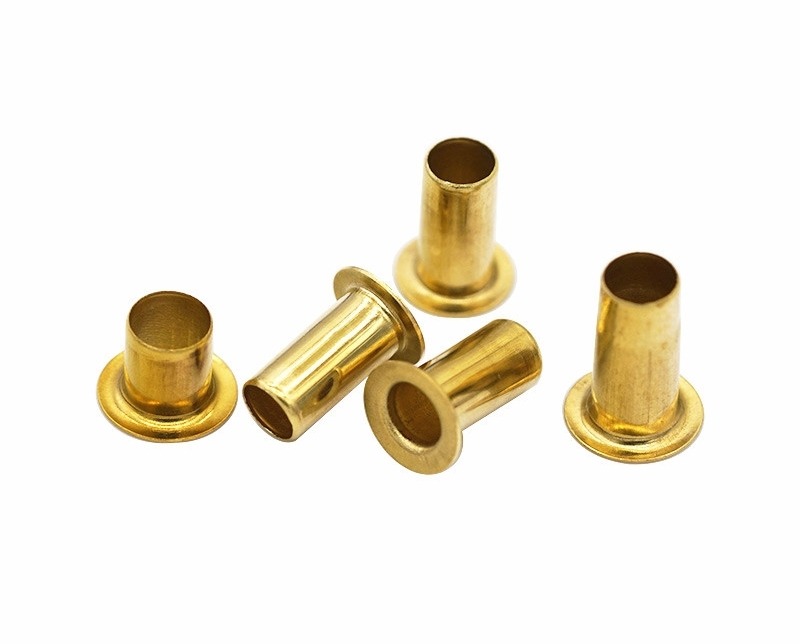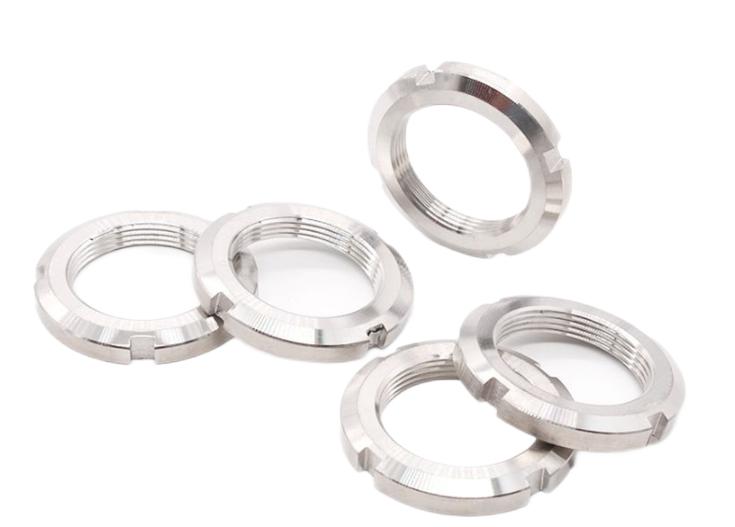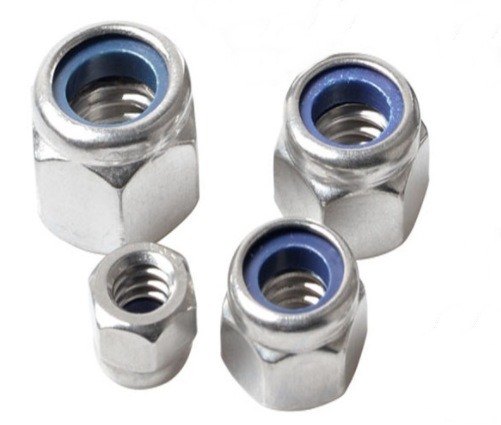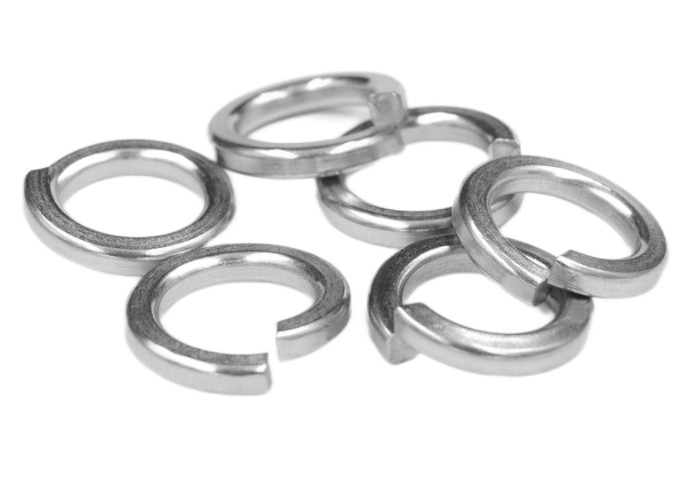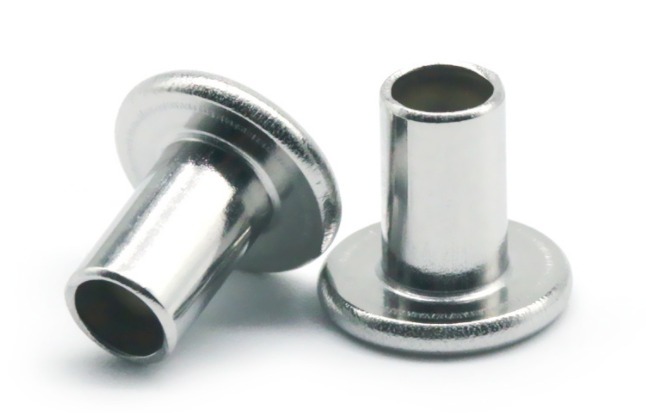What Are Commonly Used Materials in the Injection Molding Process?
Injection molding is a versatile, efficient, and cost-effective manufacturing process that is essential for the production of many different products across various industries.
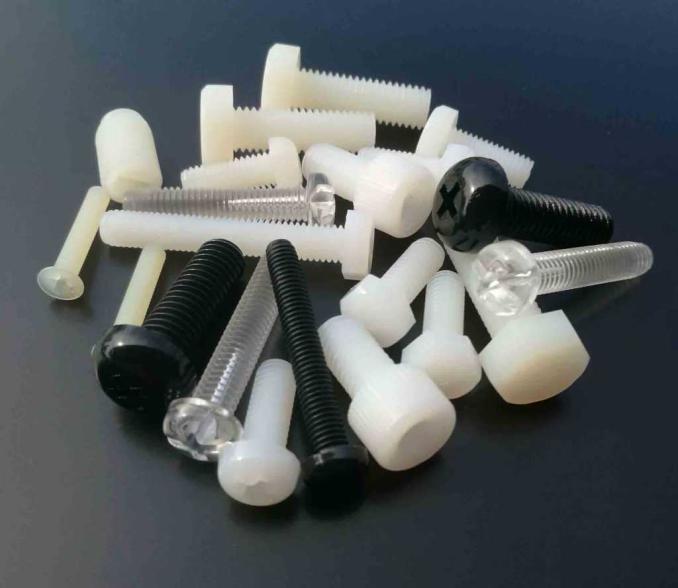
Why Injection Molding Is Importance in the Manufacturing Industry?
1. High Production Efficiency
Injection molding is a highly efficient manufacturing technology that permits the creation of a huge volume of identical parts in a relatively short length of time. Injection molding with automated equipment also assures a high degree of consistency and accuracy, resulting in a high-quality completed product.
2. Design Flexibility
Injection molding allows designers a great deal of freedom in the design and production of parts. Injection molding may make parts with complex geometries, such as those with undercuts, threads, and numerous walls.
3. Cost-Effectiveness
Injection molding is a low-cost manufacturing technology, particularly for large-volume production runs. Although initial tooling costs can be considerable, the cost per part falls dramatically as manufacturing volume grows.
4. Material Versatility
Injection molding can be used to make parts out of a variety of materials, such as thermoplastics, thermosets, and elastomers. Each material has its own unique features and characteristics, making it feasible to build pieces with precise performance needs.
5. Environmental Sustainability
Injection molding can be a sustainable manufacturing process, especially with the use of recycled or biodegradable materials. The closed-loop system of injection molding reduces waste, and the ability to reuse materials for subsequent production runs reduces the need for virgin materials.
What Materials Are Used in Injection Molding?
The material used in injection molding is determined by the unique requirements of the item being manufactured, such as function, durability, and cost. A detailed study of each material’s features and attributes is required for selecting the optimal material for each application.
1. Thermoplastics
In injection molding, thermoplastics are the most widely utilized materials. They can be melted and solidified repeatedly without losing major qualities. Polyethylene (PE), polypropylene (PP), polystyrene (PS), and acrylonitrile-butadiene-styrene are examples of thermoplastics. (ABS).
2. Thermosets
Thermosets are materials that, during the molding process, undergo a chemical reaction that results in a permanent, infusible condition. Epoxy, phenolic, and melamine resins are examples of thermosets. Thermosets are highly dimensionally stable and chemically resistant.
3. Elastomers
Elastomers are materials that can be stretched and then returned to their original shape. They are extensively utilized in the fabrication of flexible parts such as seals, gaskets, and hoses. Silicone, polyurethane (PU), and rubber are examples of elastomers.
4. Composites
Composites are materials that are made up of two or more different materials. They provide unique features that cannot be obtained from a single substance. Examples of composites used in injection molding include glass fiber-reinforced plastics (GFRP) and carbon fiber-reinforced plastics (CFRP).
5. Biodegradable and Recycled Materials
As the emphasis on sustainability grows, biodegradable and recyclable materials are becoming increasingly popular in injection molding. These materials offer the same properties as traditional plastics while being more environmentally friendly. Polylactic acid (PLA) and starch-based polymers are examples of biodegradable materials. Post-consumer recycled plastics and industrial waste are examples of recycled materials.
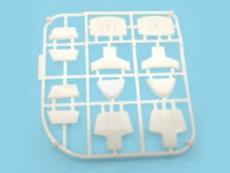
How Do The Materials Affect the Injection Molding Process?
The injection molding material’s features and characteristics can have a considerable impact on the injection molding process.
1. The Melting Point
The melting point of a material influences the temperature at which it must be melted and injected into a mold. High melting point materials necessitate higher processing temperatures and maybe longer cooling times.
2. Viscosity
The material’s viscosity influences its flow rate and the amount of pressure required to inject it into the mold. Higher injection pressures and longer filling durations are required for viscous materials.
3. Thermodynamic Conductivity
The cooling rate of the part is affected by the material’s thermal conductivity. High thermal conductivity materials cool faster, resulting in shorter cycle times.
4. Shrinkage
varying materials shrink at varying rates when they cool and solidify. Understanding the material’s shrinkage rate is critical for designing the mold and determining the correct processing parameters to ensure the part meets the required dimensions.
5. Warpage
Some materials warp more easily than others, resulting in pieces that do not satisfy the required requirements. Understanding the material’s warpage characteristics is essential for designing the mold and processing settings to reduce warpage.
6. Parts Appearance
The material can also affect the appearance of the finished injection molding parts. Some materials may have a matte finish, while others may have a glossy finish. Colorants and additives can also be used to achieve specific colors or effects.
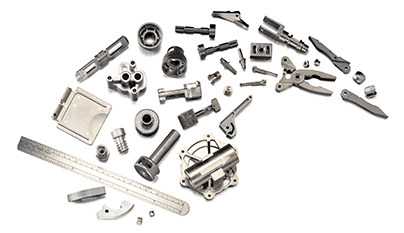
Summary
In the manufacturing business, injection molding is a key procedure. To get the desired outcomes, it is critical to understand the material’s qualities and their impact on the injection molding process.


